If you’re planning to make your mark in vlogging, having a capable camera set-up is a cornerstone of creating polished and professional-looking content.
While you’ll want a camera that’s versatile, you’ll also need something suited to your own specific style, be it a stationary shooter or action camera. Getting this balance right is a key initial step on the pathway to creating hit online content.
Vlogging has well and truly taken off over the last decade. Platforms like YouTube, TikTok, and Instagram provide content creators instant access to a global audience. Of course, creating an impression in an ever-evolving online world teeming with content is far from easy. However, using good equipment is one way to help you stand out from the crowd.
In the following guide we look at vlogging and key camera features to keep an eye out for. We also run through some different camera options, designed for different types of applications and content creation.
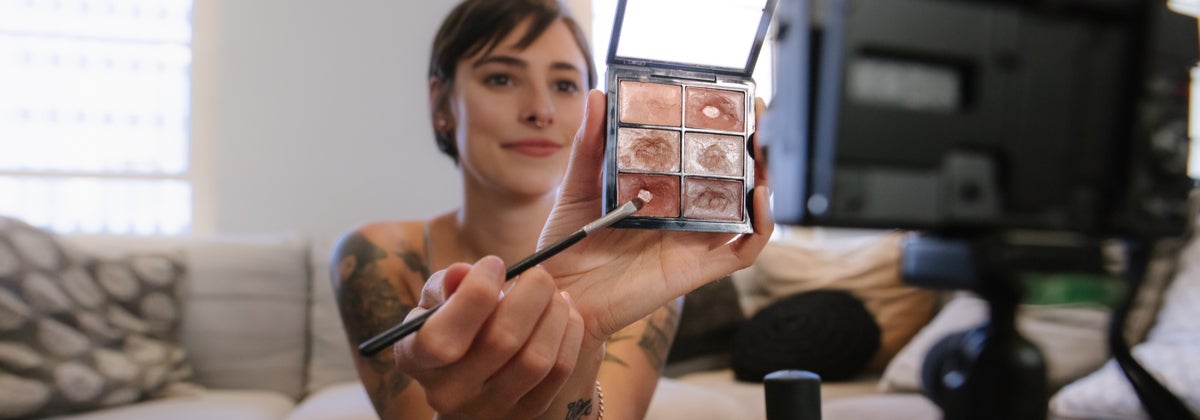
What is vlogging?
As the name suggests, vlogging is the combination of video and blogging, with a video blog known as a vlog. Blogging in all its various formats has been driven by the soaring popularity of social media.
Vloggers, of course, cover all sorts of subjects, and videos may be put together in a variety of styles and formats. With this in mind, there is ample room for creativity, be it shooting long-form videos, live-streaming, or capturing short, sharp snapshots of life while out and about.
The suitability of different blogging/social media platforms will depend on the type of content you’re creating. For instance, if you’re putting together long-form videos, Youtube or Vimeo might be on your radar, while TikTok or Instagram may be more appropriate for shorter, more punchy compositions.
The good news is that there are a range of cameras that cater for different vlogging styles, and in getting set up you’ll have various models to choose from at different price points.
Compare broadband with Canstar Blue
If you’re keen to start vlogging, as well as the best vlogging camera, you’ll need the best internet, too, and at a great price.
To help you get a clearer picture of broadband providers in NZ, Canstar Blue rates all the big providers annually. We survey thousands of broadband customers and ask them to score their providers across categories including Value for Money, Network Performance and Customer Service.
Canstar Blue’s latest review of NZ internet providers compares NOW, 2degrees, Bigpipe, Contact, MyRepublic, Nova Energy, Orcon, Slingshot, Spark, Stuff Fibre, Trustpower and Vodafone, and awards the best our 5 Star rating:
^ By clicking on a brand or 'details' button, you will leave Canstar Blue and be taken to either a product provider website or a Canstar Blue NZ brand page. You agree that Canstar Blue NZ’s terms and conditions apply (without limitation) to your use of this service,to any referral to a product provider from our website, and any transaction that follows. Canstar Blue may earn a fee for referrals from its website tables, and from sponsorship (advertising) of certain products. Payment of sponsorship fees does not influence the star rating that Canstar Blue awards to a sponsored product. Fees payable by product providers for referrals and sponsorship may vary between providers, website position, and revenue model. Sponsorship fees may be higher than referral fees. Sponsored products are clearly disclosed as such on website pages. They may appear in a number of areas of the website such as in comparison tables, on hub pages and in articles. Sponsored products may be displayed in a fixed position in a table, regardless of the product’s rating, price or other attributes. The table position of a sponsored product does not indicate any ranking, rating or endorsement by Canstar Blue. See How we are funded for further details.
Canstar Blue NZ research finalised in May 2024, published in June 2024.
See Our Ratings Methodology
The table above is an abridged version of our full research, so to find out more about NZ’s best broadband providers, just click on the big button at the bottom of this story.
Vlogging camera features
There are a wide range of features you should consider when shopping for a vlogging camera. And it’s certainly worthwhile weighing up in detail what you require, and comparing specs across different models.
Prices vary quite a lot, from budget through to premium cameras. So once you’ve pinned down your must-have features, you’ll be able to better frame your budget, and determine which models are best suited to your requirements.
You’ll need to weigh up which camera tech is best for you, from compact models, to DSLRs and webcams. And features worthwhile considering include:
- Video – From full HD to 4K, what sort of resolution do you want to shoot video in? Keep in mind that full HD remains a popular resolution. And if 4K isn’t required, you’ll be able to buy a cheaper model. Image stabilisation is also an important feature to look out for, as it assists with capturing smooth-looking video
- Audio – What type of in-built audio recording features does a camera offer? Of course, sound quality is extremely important. If the camera’s internal microphone isn’t very good, you may need to also budget for an external microphone. Most cameras come with a 3.5mm external microphone socket
- Memory – You’ll probably also need to purchase a memory card. So it’s worthwhile considering what card formats a camera supports and how much memory you require
- Connectivity – USB and HDMI connections allow for cable connection to your computer monitor or TV. Bluetooth provides for connection to wireless smart devices, and wi-fi enables online connectivity
- Software – Is any additional software packaged with your preferred model, and what types of features are on offer? This is especially important if you expect to do a lot of detailed video editing
- Battery – Of course, you need enough battery life to keep capturing video while you’re out and about. This is particularly relevant if you shoot long-form videos
- Design and dimensions – If portability is a priority, you should look at compact options. Meanwhile, many vlogging cameras incorporate a flip screen (capable of rotating 180°), allowing you to see what’s being recorded
In addition, also factor in the potential usefulness and costs of any accessories you require. There is a range of equipment that could come in handy when capturing videos, from external microphones, to shooting grips and tripods.
Vlogging cameras
The following is a selection of vlogging cameras decked out for different applications – from sitting in front of your PC, to exploring the great outdoors – available at a range of price points.
Remember, it’s worthwhile shopping around and comparing the specs on offer from different models before committing to a particular camera.
Logitech StreamCam
Logitech’s StreamCam is designed for use in conjunction with your desktop or laptop, and is decked out for both live-streaming and recording videos.
Supporting the StreamCam, Logitech’s Logitech Capture software encompasses a range of video capture features. The StreamCam is also optimised for use with live-streaming software such as Open Broadcaster Software, XSplit and Streamlabs.
Smart auto-framing mode adjusts the framing to keep you in the centre of the shot. While the intelligent exposure system adjusts aperture and ISO speed in real time. This ensures accurate skin tones, even in varying lighting conditions.
- Camera – premium full HD glass lens; f/2.0, focal length 3.7mm; 78° field of view (diagonal); auto-focus adjusts the lens in real time
- Video – up to full HD 1080p at 60fps
- Audio – dual omni-directional microphone with noise reduction filter; stereo or dual mono channel
- Connectivity – USB 3.1 Gen 1 Type-C (comes with a 1.5m cable)
- Compatibility – Windows 10 or later; macOS 10.14 or later; 7th Gen Intel Core i5 or later
- Dimensions – without monitor mount: 66 x 58 x 48mm; 150g; with mount: 85 x 58 x 48mm; 222g
Price – the Logitech website lists the StreamCam priced at $249.90*
GoPro Hero10 Black
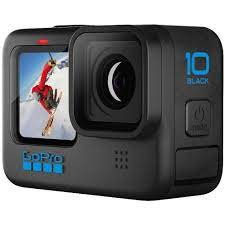
The GoPro Hero10 Black action camera is powered by a GP2 processor. This enables the camera to capture 5.3K video at 60fps and 4K at 120fps. The new processor also paves the way for HyperSmooth 4.0 Video Stabilisation, allowing you to capture smooth and shake-free video.
The Hero10 Black can also be connected to your GoPro cloud account. So when it’s plugged in to charge, it will automatically upload recently captured footage to your account. However, you’ll need a subscription to access this feature. And unlimited cloud back-up of your GoPro footage at original quality costs $79.99 per year*.
The Hero10 Black also provides for wireless offloading to GoPro’s Quik app. But its USB wired offload option transfers content to the Quik app at speeds up to 50% faster than wireless.
- Camera – digital lenses (SuperView, Wide, Linear + Horizon Levelling, Linear, Narrow); HyperSmooth 4.0 Video Stabilisation; GP2 processor and 23.6MP sensor
- Video – 5.3K at 60fps, 4K at 120fps, 2.7K at 240fps; live-streaming in 1080p
- Audio – three microphones with advanced wind-noise reduction
- Display – front colour display for live preview of your shots; rear touch display with touch zoom
- Memory – SD, SDHC and SDXC memory card compatibility
- Connectivity – USB-C; wi-fi; Bluetooth
- Battery – rechargeable battery
- Durability – waterproof to 10m
- Dimensions – 71.8 x 50.8 x 33.6mm; 153g (camera and battery)
Price – the GoPro website lists the Hero10 Black priced at $599.99*
Panasonic Lumix G100
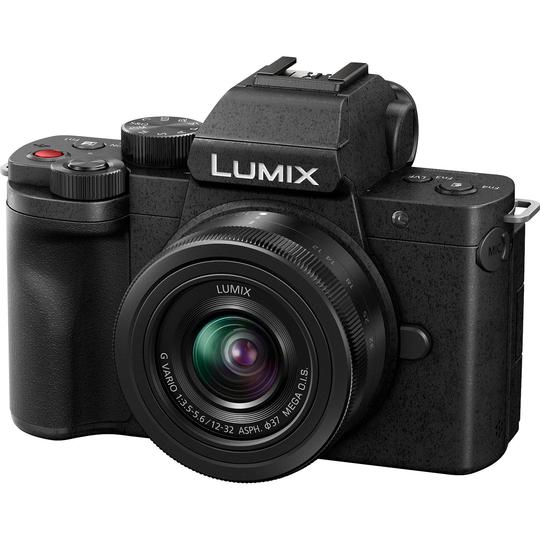 The Panasonic Lumix G100 DSLM caters specifically for vloggers, and is designed to allow you to shoot smooth footage while walking. In addition, OZO Audio by Nokia, spanning five modes, including Tracking Mode (with face recognition), covers all types of shooting scenarios without an external mic.
The Panasonic Lumix G100 DSLM caters specifically for vloggers, and is designed to allow you to shoot smooth footage while walking. In addition, OZO Audio by Nokia, spanning five modes, including Tracking Mode (with face recognition), covers all types of shooting scenarios without an external mic.
The G100’s monitor can be rotated to the front (rotating 180°), automatically starting up Video Selfie Mode. Settings include Face Detection AF/AE, which automatically and continuously focuses on your face.
Users also have access to a range of effects and recording features, including FHD maximum 4x slow motion and maximum 8x quick motion, Time Lapse Shot/Stop Motion Animation and Vertical Video (detecting the vertical orientation).
- Camera – Live MOS sensor, 20.3MP; 5-axis Hybrid I.S (for video recording only; 4-axis compensation works in 4K video recording), combined with OIS and EIS; contrast AF system
- Video – 4K at 30fps and FHD at 60fps
- Audio – OZO Audio by Nokia and five recording modes
- Display – 3-inch TFT LCD monitor with static touch control
- Memory – SD, SDHC and SDXC memory card compatibility
- Connectivity – USB 2.0 Micro-B; micro HDMI (Type D); 3.5mm external microphone input; wi-fi 4; Bluetooth 4.2 (includes Send Image [Smartphone] button via Bluetooth pairing)
- Battery – rechargeable battery; battery life will vary depending on recording and photo shooting activities; continuous recordable time (motion picture): 4K/30 fps, 4K/25 fps approximately 40 mins (rear monitor)
- Dimensions – approximately 115.6 x 82.5 x 54.2mm; approximately 345g (SD card, battery and body)
Price – the G100 (with 12-32mm lens) can be found online priced at around $900*
Sony ZV-1
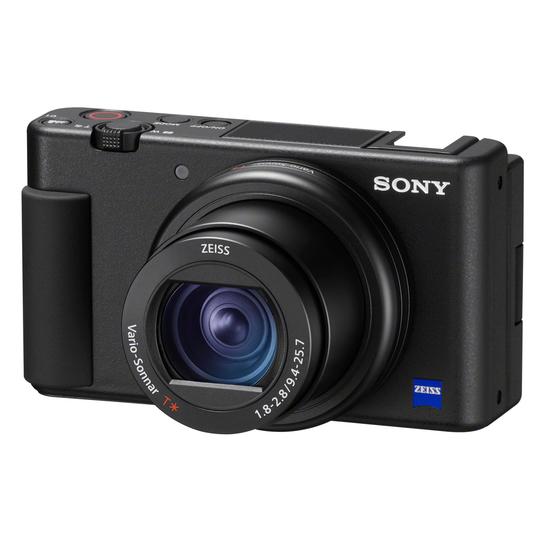 Sony states that its compact ZV-1 digital vlog camera has been “designed for casual videography”. It’s decked out for simple, visually striking video capture, without any complicated set-up. The ZV-1 delivers natural skin tones, while its Fast Hybrid AF system lets you quickly switch focus from a face to the background.
Sony states that its compact ZV-1 digital vlog camera has been “designed for casual videography”. It’s decked out for simple, visually striking video capture, without any complicated set-up. The ZV-1 delivers natural skin tones, while its Fast Hybrid AF system lets you quickly switch focus from a face to the background.
The bokeh switch allows you to switch background blur on and off. Image stabilisation enables smooth shooting of video when walking. And the automatic exposure tracks faces and makes sure they always appear well-lit in response to lighting changes. You can also hook up the ZV-1 to your computer via cable for live-streaming.
The ZV-1 sports a vari-angle LCD touchscreen, which flips out horizontally, allowing you to see what is going on when in front of the camera. In addition, a directional three-capsule microphone gathers clear sound in front of the camera.
- Camera – 1.0-type (13.2 x 8.8mm) Exmor RS CMOS sensor, aspect ratio 3:2; approximately 20.1 MP; BIONZ X image processing engine; Fast Hybrid AF; SteadyShot image stabilisation
- Video – 4K and super slow motion video capture
- Audio – directional three-capsule microphone (with bundled wind screen)
- Display – 7.5cm touchscreen TFT LCD display
- Memory – SD, SDHC and SDXC memory card compatibility
- Connectivity – micro USB, USB 2.0, micro HDMI, 3.5mm microphone jack; wi-fi 4; Bluetooth 4.1
- Battery – rechargeable battery. Battery life depends on recording and photo shooting activities; Battery life (movies actual shooting) (CIPA) monitor: approximately 45mins
- Dimensions – 105.5 x 60 x 43.5mm; approximately 294g (battery and memory card included)
Price – the Sony website lists the ZV-1 priced at $1348*
*Further information on pricing can be found at individual retailer websites. This should be used as a starter guide and not considered an actual quote.
About the author of this page
![]() This report was written by Canstar author Martin Kovacs. Martin is a freelance writer with experience covering the business, consumer technology and utilities sectors. Martin has written about a wide range of topics across both print and digital publications, including the manner in which industry continues to adapt and evolve amid the rollout of new technologies
This report was written by Canstar author Martin Kovacs. Martin is a freelance writer with experience covering the business, consumer technology and utilities sectors. Martin has written about a wide range of topics across both print and digital publications, including the manner in which industry continues to adapt and evolve amid the rollout of new technologies
Enjoy reading this article?
You can like us on Facebook and get social, or sign up to receive more news like this straight to your inbox.
By subscribing you agree to the Canstar Privacy Policy

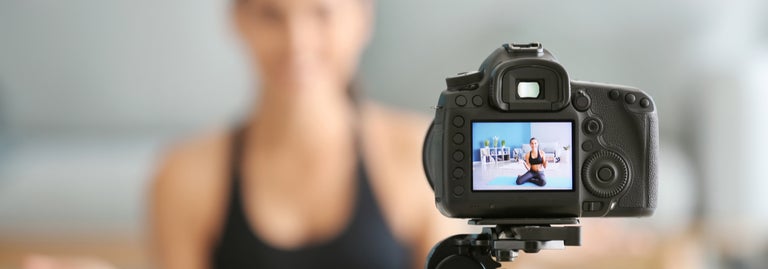
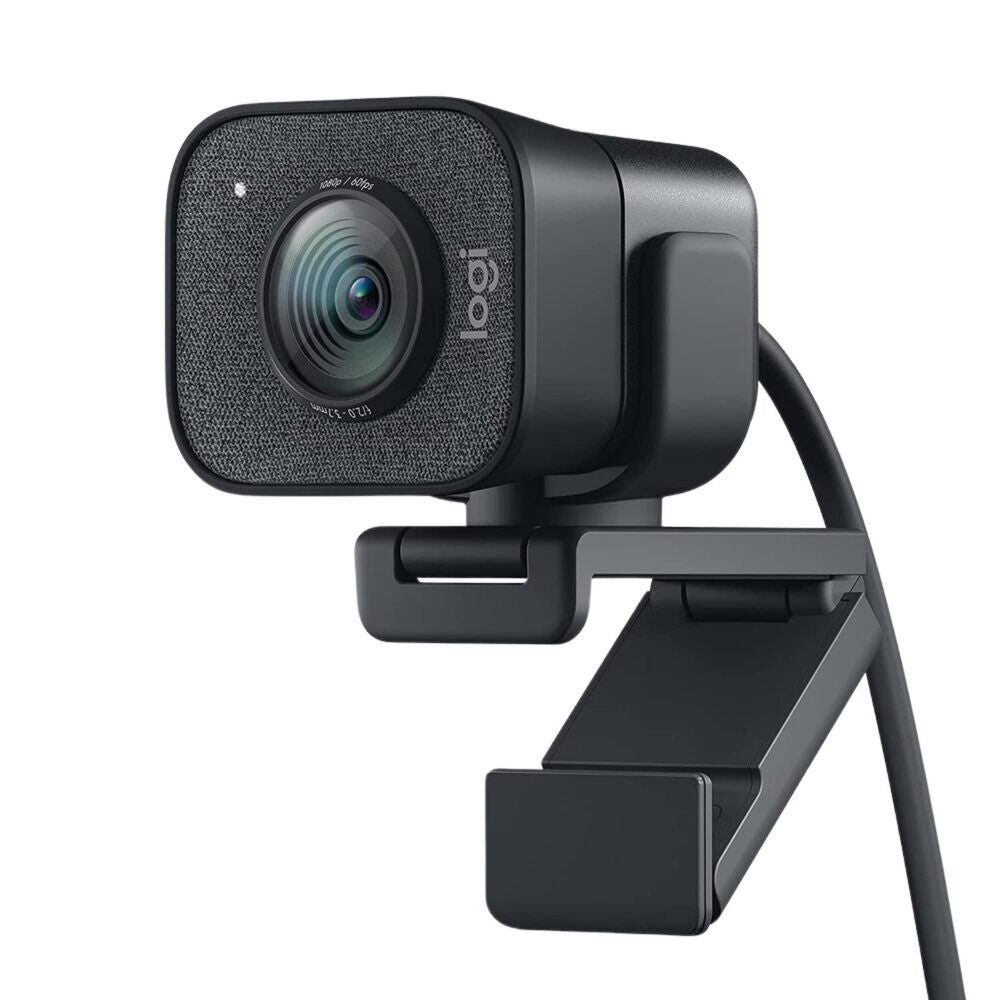
Share this article